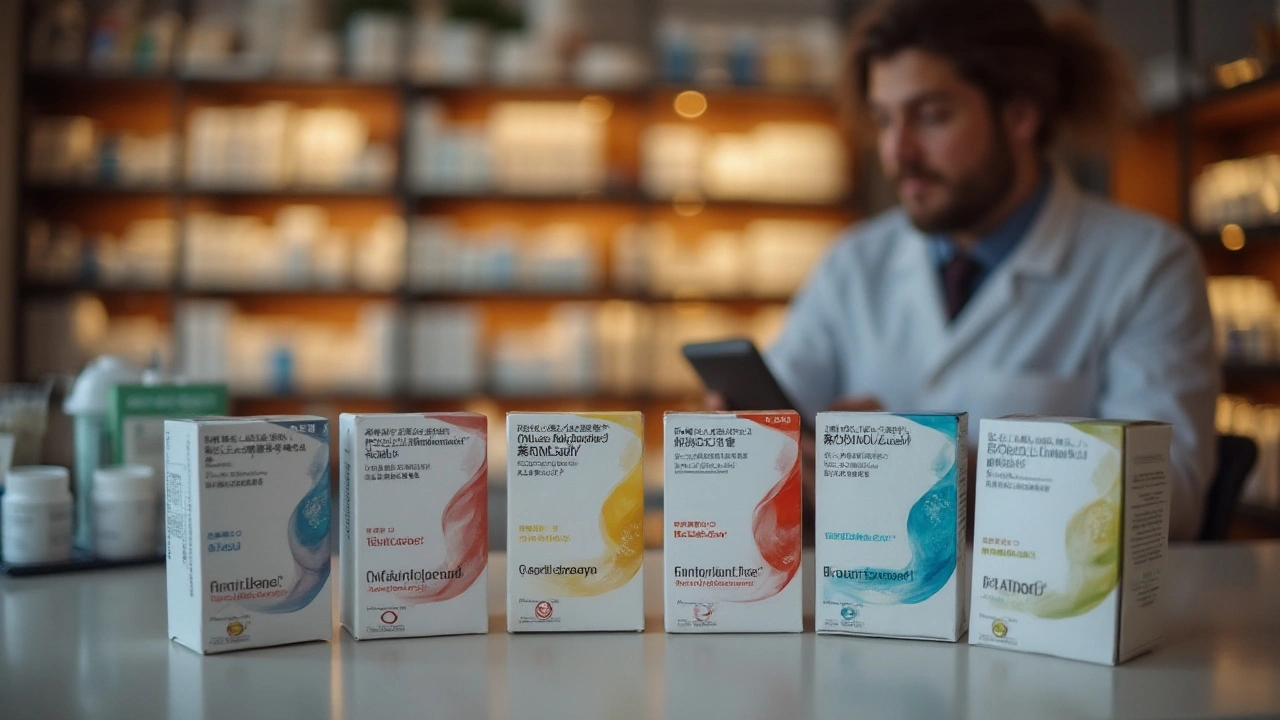Gastroparesis solutions
Feeling full fast, bloated, or sick after eating can ruin your day. If your stomach is slow to empty, there are clear steps you can take right now to reduce symptoms, get better tests, and find the right treatment for you.
Simple, practical diet changes
Food fixes often help most. Eat 4–6 small meals instead of three big ones. Choose low-fat, low-fiber options because fat and fiber slow stomach emptying. Go for soft or blended foods—soups, smoothies, and purees empty faster than whole vegetables and tough meats. Drink high-calorie nutrition shakes if you can’t eat enough solid food. Chew thoroughly, eat slowly, and sit upright for 30–60 minutes after meals to help gravity do its job.
If solids keep causing trouble, try more liquids. Liquids usually leave the stomach quicker than solids. A dietitian who knows gastroparesis can tailor a plan so you keep weight and nutrients without constant nausea.
Medications and medical options
Doctors often start with medicines that speed up stomach emptying (prokinetics) and drugs that control nausea. Common choices: metoclopramide—effective but usually limited to short-term use because of movement side effects; domperidone—works well where available; and low-dose erythromycin for short bursts (it can stop working after a while). For nausea, ondansetron or promethazine can help day-to-day.
For people who don’t respond to pills, there are procedural options. Gastric electrical stimulation (a pacemaker for the stomach) helps some patients reduce nausea and vomiting. If weight loss or dehydration is severe, your team may recommend enteral feeding (a feeding tube) or temporary IV fluids. In select cases, endoscopic or surgical treatments aimed at the pylorus (the stomach outlet) are considered, but results vary.
Keep in mind medications carry risks. Talk openly with your doctor about side effects, especially long-term movement problems with some prokinetics. If you have diabetes, tight blood sugar control often improves gastroparesis symptoms, so coordinate care with your diabetes team.
Tests matter. A gastric emptying scan is the standard test to confirm delayed emptying. An upper endoscopy can rule out blockages or other problems. These tests guide treatment choices and help avoid trial-and-error.
When should you get urgent care? Go to the ER if you have severe dehydration, unrelenting vomiting, sudden weight loss, blood in vomit, or severe abdominal pain. Otherwise, make appointments with a gastroenterologist and a dietitian to build a long-term plan.
Small steps add up. Start with meal changes, keep a symptom and food diary, and bring that to your clinic visits. Ask about medication options and their risks, test results, and whether you might benefit from advanced therapies. You don’t have to accept constant nausea—there are practical solutions that most people can try.

Top 8 Alternatives to Motilium in 2024 for Nausea and Gastroparesis
Motilium has been a widely used medication for nausea and gastroparesis. However, there are various alternatives available as of 2024. This article explores eight potential replacements including Metoclopramide, Ondansetron, and newer treatments like Tegaserod and Itopride. Each option is thoroughly evaluated based on their benefits, drawbacks, and current availability in treatment practices, providing a comprehensive guide to these medications.
Read More